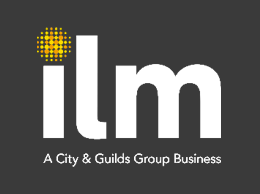Why is People Management one of the most important leadership skills? – it’s no secret that it influences productivity and has a significant impact on employee motivation and morale.
‘People’ are the foundation of any organisation and too many businesses underestimate the power of managing people in driving forward company objectives. It is so important for organisations to always be assessing and improving their people management and leadership skills so that they can grow the business and increase productivity whilst also boosting their employees’ careers.
What effect does good people management have? If employees are engaged, they are more likely to contribute to the organisation’s success and be more willing to go above and beyond to help the Company achieve its goals.
A good manager empowers their employees and creates an environment whereby staff are kept informed of business objectives, they should treat each person as unique and keep asking what they personally want from the organisation. Use their ideas, keep communication open and invest in training for them to reassure them they have a promising future with the company.
Employees who are satisfied with their manager are much more likely to stay for the long haul and have confidence in the company’s future.
If you are looking to develop people managers in your business, we have various options available for:
- New Managers
- Team Leaders
- First Line Managers
- Department Managers
- Senior Manager
Using a blend of different learning methodologies, our bespoke, structured development pathways are having real impact in the businesses we have partnered with. Follow the link below to see some of our example programmes.
People Management Development Pathways
To discuss your requirements in more detail with one of our programme managers please get in touch and we can explore the full range of options available.
01623 409824 or info@futureproof-training.co.uk






